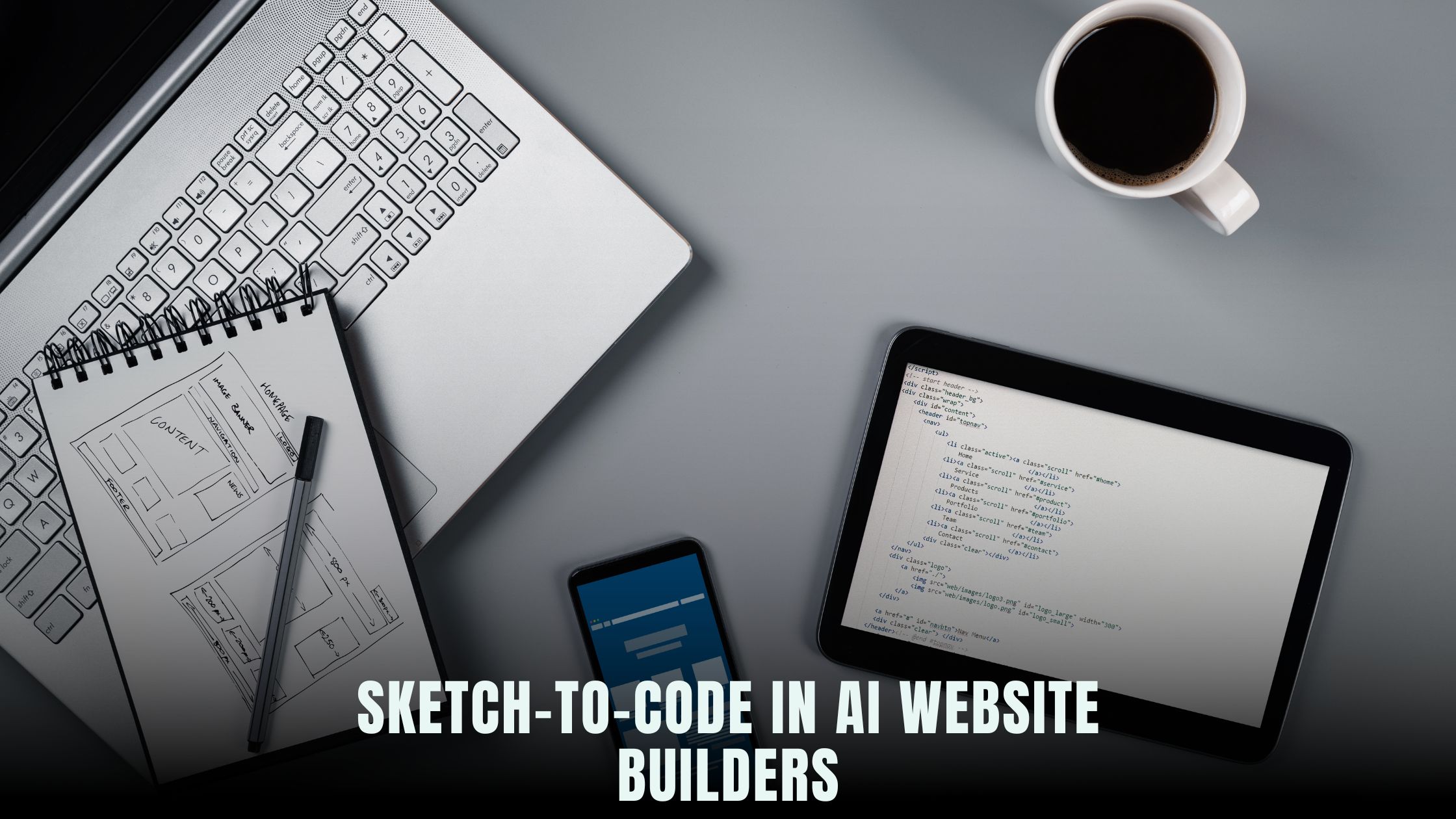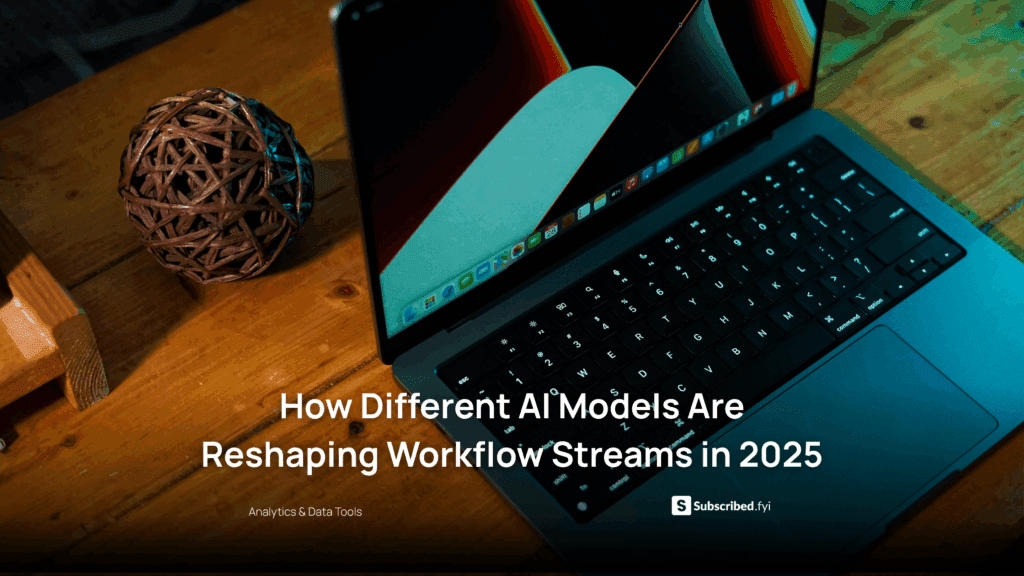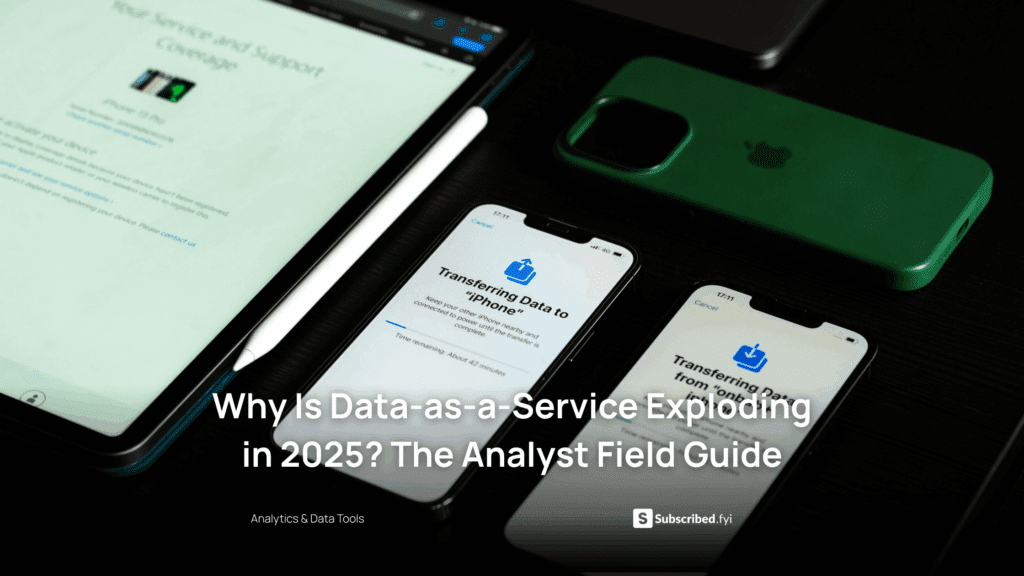How Does Sketch-to-Code Work in AI Website Builders?
- WebOps Platforms Bug Tracking & Feedback Software Web Development & Design Website Builder


Uploading a hand-drawn mockup used to require a designer to recreate every element in a tool like Figma or Sketch before a developer could write the code. Today, AI-powered no-code platforms like Hostinger Horizons let you simply upload your sketch and watch it transform into working UI components. Instead of wrestling with CSS layouts or responsive breakpoints, you describe tweaks in a natural-language chat—asking the AI to adjust margins, swap colors, or add animations—and the code updates live in a sandbox environment. This process slashes project launch times from weeks to minutes and lets solopreneurs and founders focus on creativity rather than manual coding.
To compare alternatives, check out the Vibe Coding directory or the AI-powered website builders list. Many tools convert wireframes to HTML, but Horizons goes further by bundling hosting, domains, SSL certificates, and 24/7 expert support into a single plan. When you upload a photo of your sketch—on paper or a whiteboard—the AI identifies buttons, text fields, images, and layouts, then generates clean, production-ready code you can preview instantly.
Understanding Sketch-to-Code: From Pixels to UI Components
Sketch-to-code bridges the gap between design and development. Under the hood, AI models trained on massive UI datasets recognize shapes and patterns in your uploaded image. They map circles to buttons, rectangles to images or cards, and lines of text to headings or paragraphs. Once the AI decodes these visual cues, it translates them into semantic HTML elements and styles them with CSS, often using utility frameworks like Tailwind CSS for rapid adoption.
Many AI builders, including Tempo and Fine AI, focus on this translation step. But Hostinger Horizons adds an AI chat interface that lets you iterate on the generated UI in real time—prompting changes like “make the hero section headline larger” or “center the call-to-action button.” The platform handles code regeneration, hosting, and deployment in one seamless flow.
The AI Models Powering Sketch Recognition
At the core of sketch-to-code are computer vision and natural language processing (NLP) models. Convolutional neural networks (CNNs) process the uploaded image, segmenting it into distinct UI elements. These segments then feed into transformer models that map visual segments to code snippets. Finally, a code synthesis engine stitches these snippets into a cohesive codebase, applying best practices for accessibility and responsive design.
Open-source projects like pix2code pioneered this approach, but modern platforms refine it with proprietary datasets and continuous learning from user edits. As you tweak the design in the AI chat, the model learns your style preferences, improving accuracy on subsequent uploads.
Preparing Your Sketch for Best Results
To get the cleanest conversion, follow these simple guidelines:
-
Use dark, solid lines for elements and keep your layout uncluttered.
-
Label sections—“Header,” “Footer,” “Product Card”—using clear text.
-
Separate components with white space so the AI can segment accurately.
-
Upload at high resolution to preserve detail.
Hostinger Horizons supports image and sketch uploads of up to 300 DPI. In your project, you can ask “adjust segmentation sensitivity” if the AI misidentifies parts of your mockup. This flexibility ensures your design intent shines through in the code output.
Generating Responsive Layouts on the Fly
Once the AI decodes your sketch, it generates CSS rules for mobile, tablet, and desktop breakpoints. It uses flexbox or CSS grid under the hood, ensuring elements reflow gracefully. If you need to tweak responsiveness—say, adjusting a two-column layout to stack on mobile—just type “switch hero layout to single column on screens under 640px,” and the AI updates the media queries automatically.
Hostinger Horizons’ sandbox environment lets you preview these changes side by side. You can resize the preview panel or simulate devices to confirm that your site looks perfect on every screen.
Mapping Sketch Elements to Semantic HTML
Accessibility and SEO depend on semantic HTML. AI recognition must go beyond visuals, identifying headings (<h1>–<h6>), paragraphs (<p>), lists (<ul>, <ol>), and form fields (<input>, <button>). Sketch-to-code systems parse text labels: a large, bold line becomes an <h1>, while smaller text lines map to <p> tags.
When you upload your sketch to Hostinger Horizons, the AI chat shows you the semantic mapping and lets you override it. If you want a subsection title to be an <h2> instead of <h3>, prompt “change section title to h2,” and the code updates instantly. This ensures that your site remains accessible and structured for screen readers and search engines.
Adding Interactivity Through AI Chat
Static code is just the beginning. Interactive elements—like dropdown menus, carousels, and modal dialogs—require JavaScript. With sketch-to-code AI, you describe the behavior: “make the menu open on click and close when clicking outside” or “auto-rotate image carousel every five seconds.” Horizons injects the necessary event listeners and state management logic, using frameworks like React or plain JavaScript, based on your project settings.
This chat-driven approach means you never leave the no-code environment to tie in custom scripts. You maintain a unified workflow: design, code generation, interaction configuration, and deployment—all managed through AI prompts.
Integrating Data and APIs Without Coding
Dynamic websites often fetch data from APIs to populate UI components. After generating the code scaffold, you can ask your AI assistant to “bind product cards to API endpoint /api/products” or “display user profile data from /api/user.” The AI sets up fetch calls, state handling, and loading states, then displays real-time data in your sandbox.
Hostinger Horizons supports REST and GraphQL out of the box. You simply supply the endpoint and desired fields, and the platform manages authentication headers, error handling, and data caching, so you avoid boilerplate code entirely.
Iterating on Your Design with Version Control
Every change you make via AI prompts is versioned automatically. You can name versions—“Initial Sketch Import,” “Layout Tweaks,” “Color Update”—and roll back if needed. This built-in version control ensures you can experiment freely without the fear of losing previous designs.
If collaborators need to review your work, Horizon generates shareable preview links. Stakeholders can comment directly in the sandbox environment, and you can apply feedback through further chat prompts—streamlining the feedback loop.
Exporting or Publishing Your AI-Generated Code
When you’re satisfied with the design and interactivity, you have two publication options:
-
Direct Hosting: Publish instantly on your custom domain with SSL and global CDN through Hostinger Horizons.
-
Export Code: Download the full codebase—HTML, CSS, JS, assets—and host it elsewhere or hand it to a developer for further customization.
Direct hosting eliminates deployment headaches: DNS management, certificate setup, and asset optimization are handled automatically. The AI chat can “deploy to production” or “generate export ZIP,” giving you flexibility to match your workflow.
Hands-On Example: From Paper to Live Page
-
Sketch a simple homepage wireframe on paper, including a header, hero image, three feature cards, and a footer.
-
Snap a photo or scan the sketch and upload it to Horizon’s project.
-
AI chat responds with “Image uploaded and analyzed. Found header, hero section, three cards, and footer. Generating code now.”
-
Review the live preview: the hero image uses your uploaded placeholder.
-
Prompt “change hero headline to ‘Welcome to My App’ and make CTA button blue.”
-
Ask “bind feature cards to JSON data at
/api/features.” -
Preview on mobile, then “deploy to
myapp.hostinger.com.”
In under ten minutes, you go from a hand-drawn mockup to a fully functional, live web page—complete with dynamic data integration and responsive design.
Comparing Sketch-to-Code Tools
While Hostinger Horizons offers end-to-end AI-driven workflows, other platforms specialize in specific steps:
-
Lovable AI focuses on emotional design and color theory, generating more artistic layouts.
-
Bolt optimizes for performance, producing ultra-lightweight code.
-
Tempo excels at converting Figma or Sketch files directly into React components.
Choosing the right tool depends on your priorities—speed, design fidelity, or performance. Hostinger Horizons strikes a balance by combining robust AI sketch-to-code with managed hosting, making it ideal for solopreneurs and small teams that need a complete solution.
Future Trends in AI Website Generation
As AI models continue to advance, we can expect:
-
Voice-driven design: Describe UIs verbally and have them generated automatically.
-
Style transfer: Apply the look of one sketch or brand guide across multiple pages with a single command.
-
Real-time collaboration: Multiple users sketching and editing in a shared AI-driven environment.
-
Advanced interactions: AI that can interpret complex workflows—like drag-and-drop file uploads—and generate corresponding code.
Platforms like Hostinger Horizons will lead these innovations, integrating next-generation AI research with enterprise-grade hosting and security.
Why Hostinger Horizons is Your Sketch-to-Code Partner
Hostinger Horizons stands out by bundling AI-driven sketch-to-code, real-time sandbox testing, and global hosting into a single platform. You upload an image, describe needed tweaks, and the AI acts as your personal software engineer—generating responsive, accessible code instantly. With one subscription, you get domains, SSL certificates, expert 24/7 support, and seamless deployment pipelines. This eliminates the technical debt and vendor sprawl that often accompany custom development stacks.
For solopreneurs, startups, and early adopters, Horizon cuts development costs by up to 90% and slashes launch times from months to minutes. Its multilingual support, image and sketch uploads, and intuitive AI chat interface make sketch-to-code accessible to anyone, regardless of technical background.
Embracing the No-Code Future with AI
Sketch-to-code is revolutionizing how we build websites. By abstracting the grunt work of writing HTML, CSS, and JavaScript, AI builders empower creators to move from concept to live product in record time. Hostinger Horizons exemplifies this transformation, offering a unified platform where design, code generation, and hosting converge seamlessly. As you experiment with AI-driven UI generation, you’ll discover new levels of productivity and creativity—freeing you to focus on what truly matters: crafting compelling experiences that resonate with your audience.











